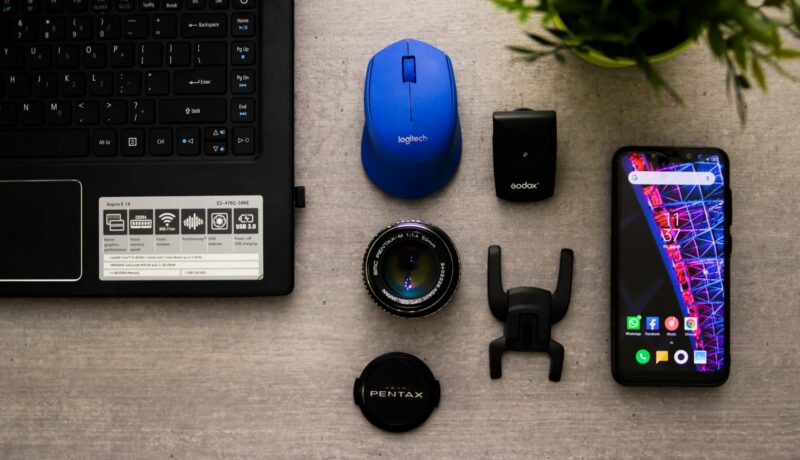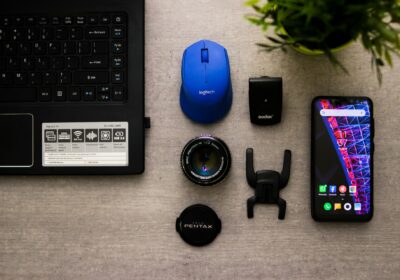
How to choose perfect gadgets?
Choosing the perfect gadget can feel overwhelming because there are so many options and features. The key is to focus on your needs, budget, and long-term usability. Here’s a step-by-step guide to help you make the best choice:
Table Of Content
1. Identify Your Primary Needs
-
Ask yourself: What problem will this gadget solve or what purpose will it serve?
-
Examples:
-
Smartphone: communication, gaming, photography, productivity.
-
Laptop: work, study, design, gaming.
-
Smartwatch: fitness tracking, notifications, health monitoring.
-
Tip: Avoid buying just because it’s trendy; focus on functionality.
2. Set a Budget
-
Decide the maximum amount you’re willing to spend.
-
Higher price doesn’t always mean better for your needs.
-
Look for value for money rather than premium branding.
3. Compare Specifications and Features
-
Identify the most important specs for your use:
-
Smartphones: processor, battery, camera quality, display.
-
Laptops: CPU, RAM, storage, graphics, portability.
-
Headphones: sound quality, battery life, noise cancellation.
-
-
Check real-world reviews (not just promotional specs).
4. Consider Ecosystem Compatibility
-
Gadgets often work better if they are compatible with other devices you have:
-
Apple devices: iPhone, Mac, Apple Watch integrate seamlessly.
-
Android & Windows: better for customization and broader compatibility.
-
5. Check Durability and Build Quality
-
Read about the gadget’s build materials, water/dust resistance, and warranty.
-
A slightly more expensive but durable device is often cheaper in the long run.
6. Look at Software Support & Updates
-
Frequent software updates improve security and performance.
-
Check how long the manufacturer provides updates (important for phones, laptops, smartwatches).
7. Test Before Buying (If Possible)
-
Visit a store or try demo models.
-
Check ergonomics, weight, screen feel, and ease of use.
8. Read Reviews and Comparisons
-
Look at trusted tech reviewers and comparison videos.
-
Pay attention to pros and cons for your specific use case.
9. Think Long-Term
-
Consider: Will this gadget still meet your needs in 2–3 years?
-
Avoid gadgets with limited support or outdated technology.






No Comment! Be the first one.